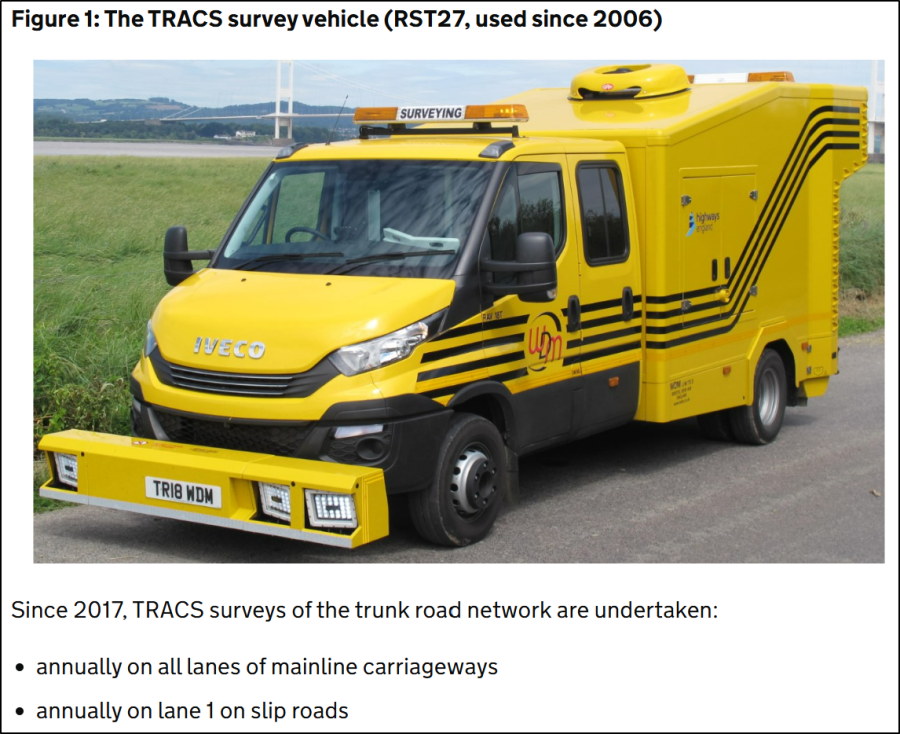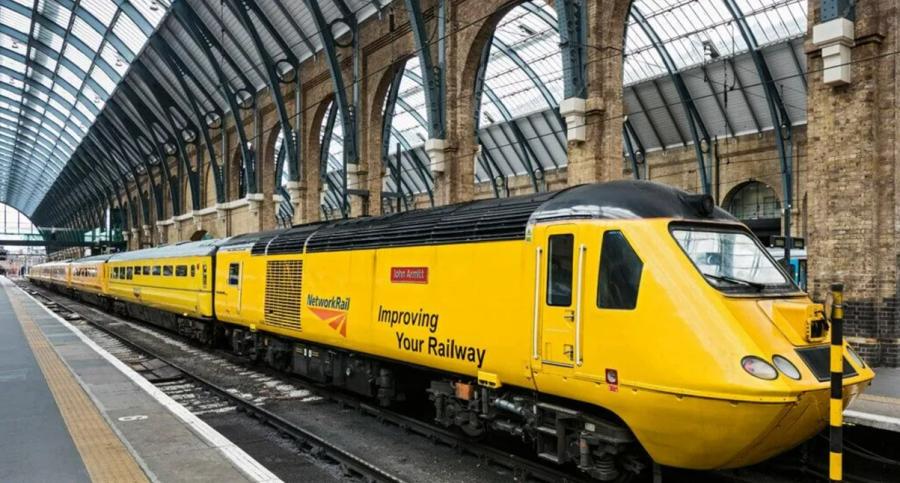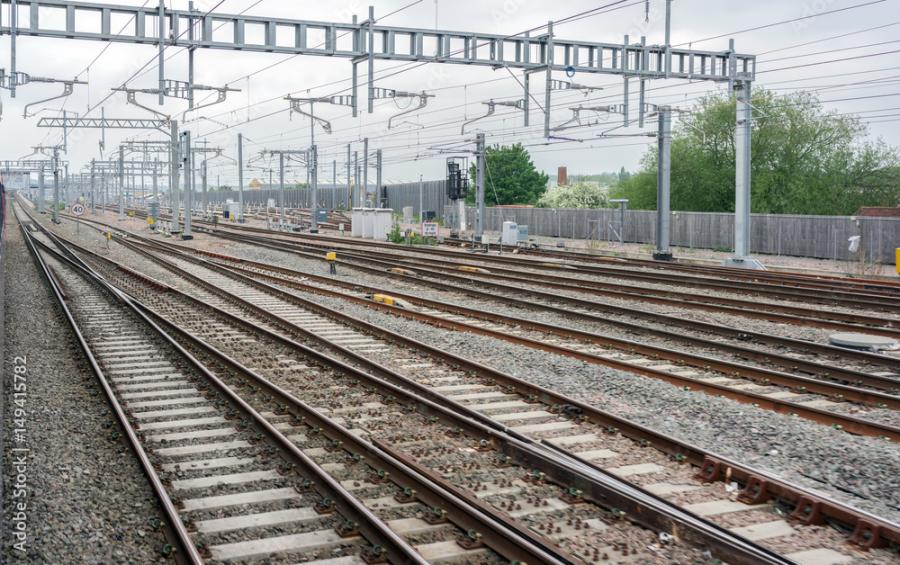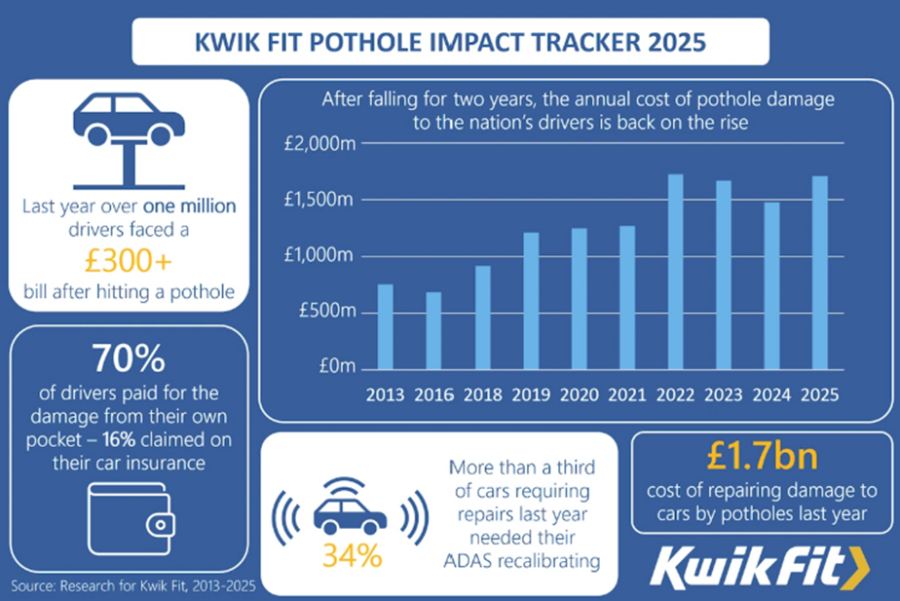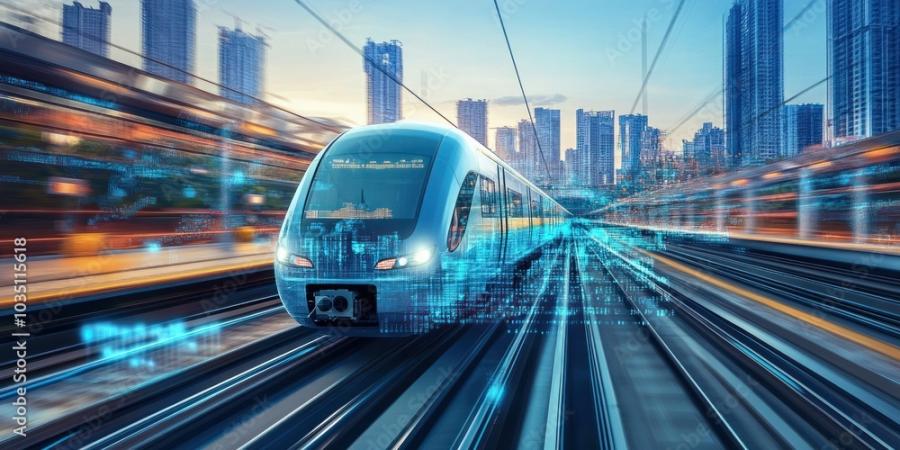
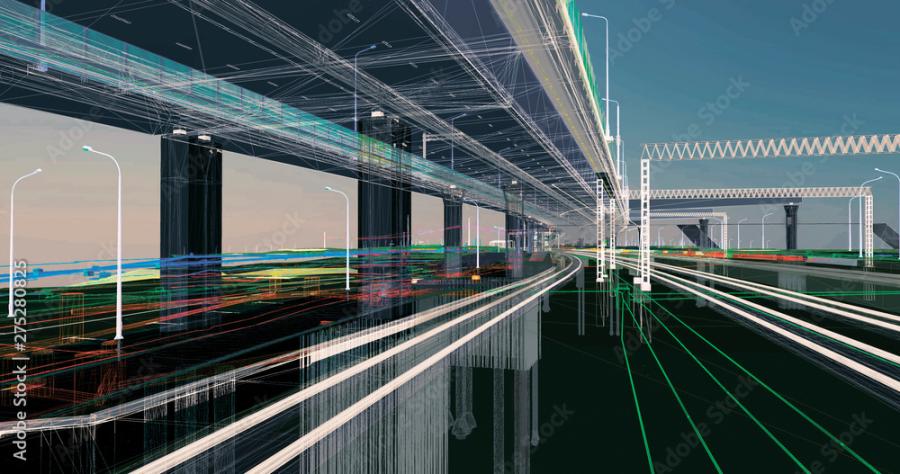
What is the problem to be solved?
Infrastructure monitoring is a critical activity conducted on roads, railways, airports, and maritime ports to ensure the safety and longevity of these essential transportation networks. Infrastructure is assessed primarily for Safety to help identify potential hazards and structural weakness and ensure it is fit for purpose.
Adhering to regulatory compliance standards and guidelines is designed to maintain the infrastructure integrity and public trust. These standards cover bridges, buildings, lighting, signage, rail lines, road and runway surfaces, power lines etc.
Even if a piece of infrastructure is safe and structurally secure it must still be assessed to be fit for purpose. A structurally sound bus or train platform may not have visible markings to guide passengers or warn of dangers. A roadside sign which is correctly located and stable may be covered in algae and unreadable.
What is the solution to the problem?
Sensing technology has developed quickly in the last few years and with the flexibility that 5G brings to carry high digital data loads and rapidly locate sensors means infrastructure monitoring is changing. Machine learning and artificial intelligence are the other key enablers for rapidly analysing the data produced to deliver improved insights.
Sensing and the data produced are conveyed over mobile networks to storage such as cloud services. This data can then be analysed using AI or other techniques to detect infrastructure anomalies and identify issues. The provision of accurate, regular data gathering rather than spaced out sampling of infrastructure, along with real time data analysis provides better insights to buildings, roads, rail, ports and airports.
Commercial model (Business Case)
The transport infrastructure assets in the UK are substantial. To put this in perspective each mode of transport, infrastructure is split into its key ingredients.
Roads (Road markings, Asset Management, Highway Infrastructure) :
The national highways teams in each country of UK manage the strategic road network and local authorities manage the majority of the network by length, which consists of:
- A public road network of 245,700 miles which includes road markings, cats-eyes, roadside parking, traffic calming measures and other features as well as the road surface itself.
- There are approximately 9,000 bridges on the strategic road network alone, in England.
- The UK has 100’s of road tunnels which includes large structures such as the Dartford Tunnel, which apart from structural assessments need to be checked for ventilation, lighting and emergency systems.
- There are an estimated 4.5 million road signs across the UK.
- There are approximately 6.5 million lamp posts in the UK (Shropshire.Gov) with ~95,000 in Birmingham as a city example.
- Buildings which include toll booths and service areas.
- Drainage systems which are integrated into the road network to prevent flooding.
Benefits
More regular monitoring of transport infrastructure assets across road, rail, maritime ports and airports will improve the environment that the cars, HGV, airplanes, trains and ships operate. Issues will be caught before they become failures or crises. Infrastructure operators will be able to offer a more “proactive” rather than “reactive” approach to maintenance. This has significant benefits which include:
- Safety – reduce the number of accidents as hazards are reduced through effective maintenance and maintain regulatory compliance.
- Reliability of service - as less breakdowns and interruptions to service will be experienced.
- Efficiency – faster assessment at statutory inspection times as data is already available. Inspection systems can automate the inspection and recording against statutory requirements.
- Quality assurance – assessing infrastructure after repairs are completed to make sure it complies to specification.
- Cost reduction – reduce the severity and number of failures and operational downtime is reduced. Smaller repairs will be required which take less time and are more easily corrected.
- Passenger and employee satisfaction improvement - as transport services are more robust enabling focus on passenger support instead of troubleshooting when things unexpectedly go wrong.
Lessons Learnt
Products and services
Monitoring products can use rigidly mounted or mobile sensors to assess infrastructure and the environment around it. Sensors can more easily be relocated where 5G is used for data transfer rather than optical fibre.
Clustering infrastructure helps to see where types of sensors can have multiple uses. Using sensors for many purposes prevents duplication of sensor deployment and provides more efficient and cost-effective solutions.
If you’re ready to embark on a connectivity project, we can point you to the suppliers with expertise in your sector.

